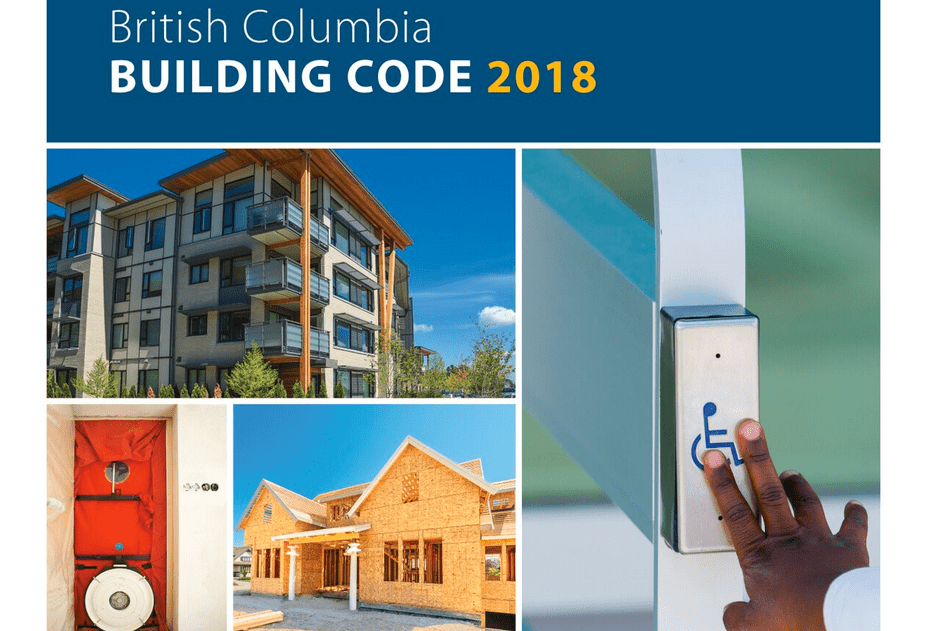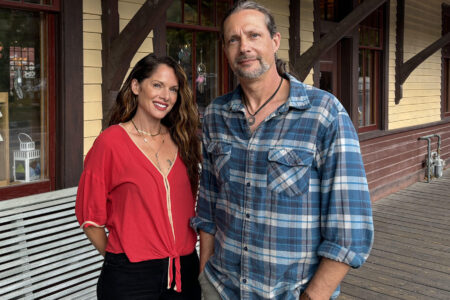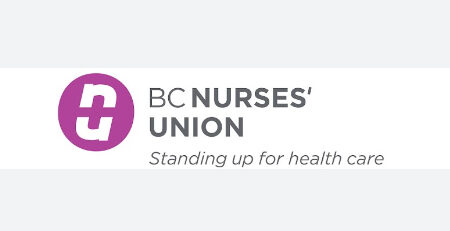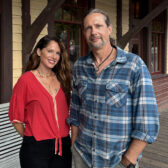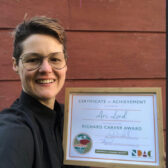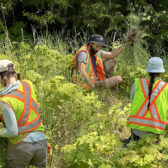The future has arrived: proposed changes to building code up for review
Nelsonites will get a say in how future buildings are constructed in B.C. as the Province launches a survey on proposed changes to the B.C. Building Code.
Starting this week, a four-week public review will begin to review and comment on numerous proposed building code changes, including: accessibility and adaptable dwellings; cooling requirements; mass timber construction; radon safety; and ventilation in houses.
Those proposed changes arise out of the 2020 National Model Codes, including B.C.-specific variations that reflect the province’s geography, climate, local government needs and industry practices.
The update to the B.C. Building Code is required to ensure buildings and spaces across the province reflect the needs of everyone, said minister of Housing, Ravi Kahlon.
“We look forward to reviewing feedback from experts and the public to ensure that the changes we are proposing will provide benefits in the years to come,” he said in a release.
The survey (https://www2.gov.bc.ca/gov/content/industry/construction-industry/building-codes-standards/bc-codes/public-review) is open until June 16.
Three weeks ago the City passed new municipal legislation to require designers, general contractors and homeowner builders to work with an energy advisor early in the design stages of a project to ensure the building design meets up to a provincial Step Code four of energy efficiency requirements — completed using software modelling.
“A building permit will not be issued until a compliance report is submitted from an energy advisor confirming that the building’s design meets the required efficiency level,” noted a report from the City director of Development Services and Climate Leadership, Sebastien Arcand.
“Upon completion of a build, a blower door test will confirm performance compliance.”
As of May 1, Part 9 residential homes must hit either Step Code 4 of the B.C. Energy Step Code or hit Step 3 if they also achieve the EL-3 (strong) level of the Zero Carbon Step Code.
To meet the requirement of any step of the B.C. Energy Step Code, a model of the proposed building design must be completed prior to construction, demonstrating the design meets or exceeds the minimum required metrics.
Arcand said there is concern about the possible lack of energy advisors in the region, but it is not a meaningful impediment to the proposed changes. The Province is working with a group of mobile EAs who are already providing service to many remote regions, said Arcand.
Code language
Summaries of the draft code language are provided for review.
In addition, the survey provides draft accessibility code language derived from previous engagements industry representatives and the public on how to increase accessibility in new buildings and homes.
Eliminating barriers is one of the main drivers behind the proposed changes, said Susie Chant, parliamentary secretary for Accessibility, in a statement.
“That is why we are updating the standards in our building code to support everyone in their day-to-day activities,” she said.
The Ministry of Housing is expected to review and consider all feedback in drafting the updated building code, with the updated B.C. Building Code brought into force in December 2023.
Stepping it up
In 2017, the Province of B.C. introduced the B.C. Energy Step Code as a policy mechanism aimed to address greenhouse gas emissions in the building sector and help the province meet its climate leadership targets.
The Step Code enabled authorities having jurisdictions (AHJs) to go beyond the requirements of the B.C. Building Code and implement a provincial standard that provides an incremental approach to increasing the energy efficiency of new buildings.
BC Zero Carbon Step Code, which seeks to address greenhouse gas emissions associated with operational energy systems, was developed in part due to a finding that the Energy Step Code was not resulting in the desired reduction of greenhouse gas emissions.
The code’s framework plots a path to zero carbon ready buildings by 2030 for all new buildings. The B.C. Energy Step Code relies on a performance-based approach to achieving energy-efficiency requirements for new construction.
Source: City of Nelson agenda, May 9
By the code
The building code establishes minimum requirements for safety, health, accessibility, fire and structural protection of buildings, and energy and water efficiency.
For more information on the digitization of the BC Building Code, visit: https://news.gov.bc.ca/releases/2023HOUS0019-000496
To learn more about the proposed changes, visit: https://www2.gov.bc.ca/gov/content/industry/construction-industry/building-codes-standards/bc-codes/public-review
To read the summary report on feedback received during the early engagement on accessibility, visit: https://www2.gov.bc.ca/gov/content/industry/construction-industry/building-codes-standards/resources-contactinformation
For more information about BC Building Codes and Standards, visit: https://www2.gov.bc.ca/gov/content/industry/construction-industry/building-codes-standards/bc-codes
Proposed changes
The proposed changes include:
Accessibility
• power-operated doors in all building entrances and universal washrooms;
• an elevator in all large two- and three-storey apartment buildings;
• designated wheelchair spaces in events facilities;
• inclusive signage to increase wayfinding and building safety;
• full-size change tables in universal washrooms;
• assisted listening systems for people with hearing loss; and
• emergency lighting in universal washrooms.
Adaptable dwellings
All residential suites in large residential buildings and ground floor suites in small buildings will have:
• accessible clearances through doorways and along paths of travel to living spaces;
• space in a bedroom, bathroom and kitchen;
• switches and other controls at an accessible height; and
• reinforcement of bathroom walls to allow future installation of grab bars.
Modest increases for smaller residential housing, such as single-detached homes, townhomes, and row homes, will require:
• an accessible clearance at the entry door; and
• reinforcement of bathroom walls to allow installation of grab bars.
Cooling requirements
All new residential buildings must provide one living space that is designed not to exceed 26 C. This may require a cooling appliance in many parts of the province, depending on weather and site conditions.
Mass timber construction
Provincewide adoption of mass timber requirements in new building constructions in harmonization with the National Building Code 2020.
Earthquake design
New methodologies for seismic design for small buildings in harmonization with the National Building Code.
Radon safety
Provincewide adoption of a rough-in for a radon extraction system.
Ventilation in houses
Adopt the ventilation requirements for houses in the National Building Code 2020, while retaining B.C. variations, such as allowing passive ventilation in secondary suites and requiring carbon-monoxide alarms in commercial buildings.
Source: B.C. Housing


